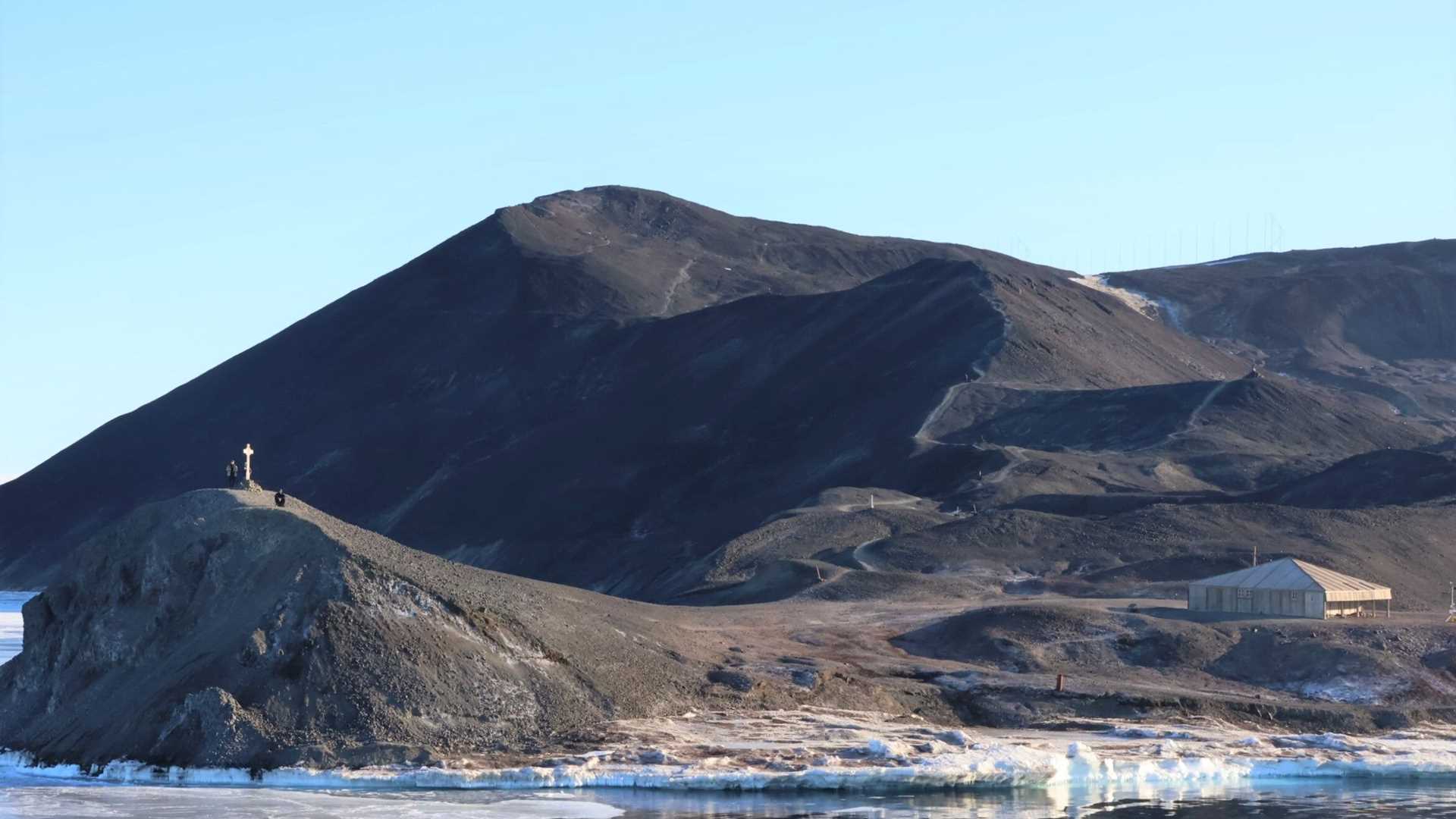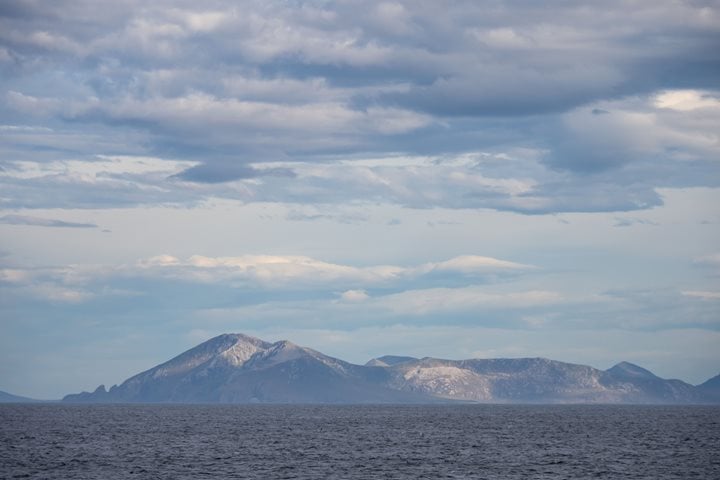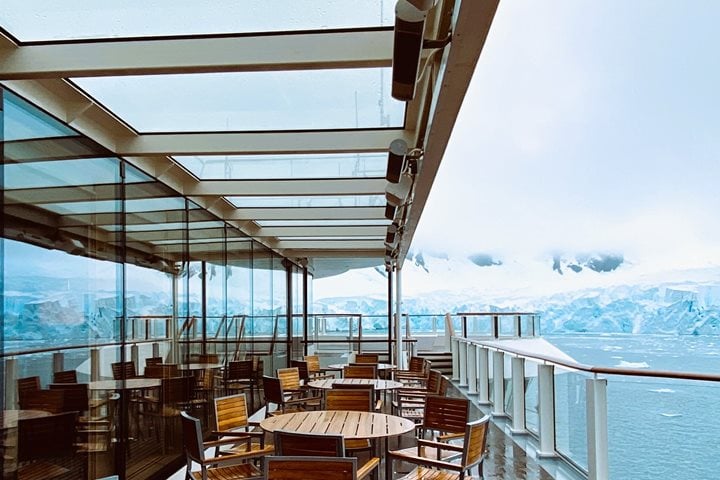What a wonderful surprise to wake up to the sight of McMurdo Station! This is the largest scientific base in Antarctica. It is operated by the U.S.’s National Science Foundation and is home to over 1,200 ‘Antarcticans’ who provide support for an extensive scientific program.
Ross Island is well-known for the significant role it played during the Heroic Era of Antarctic exploration at the beginning of the 20th century. At least five expeditions aiming to reach the South Pole started on this island over a century ago. History was the common theme for today’s activities, and English Captain Robert Scott was the main protagonist in these stories. Near McMurdo Station is a small wooden hut, the second structure built on the Antarctic continent and the base for the Discovery Expedition, which took place from 1901-1904. The square-shaped hut witnessed the first sledging expeditions into the Antarctic interior. It was from here that Scott, Shackleton, and Wilson reached the farthest point south back in 1902. We wandered through the wooden building and looked at the artifacts left by the expedition: dog biscuits, canvas harnesses for man-hauling sledges, an improvised cooking stove, and even a pile of seal blubber. This somber site would have been both shelter and heaven for those exhausted men lost in a blizzard; today, it is a historic site to commemorate their bravery.
In the afternoon, we visited Cape Evans, the site of the Terra Nova Expedition’s hut. This was Scott’s second and fatal expedition to Antarctica from 1910-1913. From this hut, Scott and his party left to conquer the South Pole and never returned. The hut contains thousands of objects that have been restored by the New Zealand Antarctic Heritage Trust, from furniture, food stores, and cooking pots and pans, to the explorers’ personal items. One can imagine the conversations, the laughter, and the sorrows that would have taken place here. It is a powerful experience, and we felt privileged to visit this place with such polar legacy.







